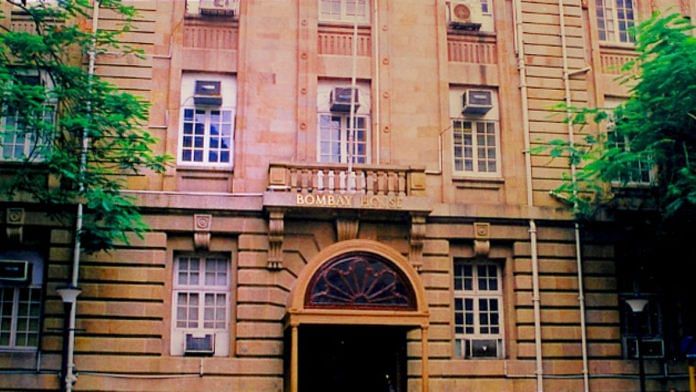Why is the listing of Tata Sons such a stormy matter? After all, there are as many as 26 publicly listed Tata group companies with a combined market cap of around $365 billion as of last year. In 2024 alone, more than 300 companies in India went for IPOs to raise around Rs 1.8 trillion. The reasons for listing typically include raising capital, enhancing visibility and reputation, and attracting investors. In the case of Tata Sons, access to a wider pool of investors could mean a dilution of the shares of the two largest shareholders — Tata Trusts and Shapoorji Pallonji. This, in turn, could also mean a change in the ownership structure of Tata Sons itself.
While the possibility of a change in the ownership structure may be fuelling the storm — and to some extent, the dispute — listing Tata Sons could indeed bring in a fresh layer of corporate governance to the company that controls a vast range of diverse businesses.
Tata Trusts’ “hold’’ over Tata Sons has often drawn criticism for blurring the line dividing the two entities. There have been allegations of overreach against the Trusts in the past — an issue that figured prominently in the Supreme Court verdict in the Cyrus Mistry case.
With Ratan Tata’s passing in October 2024, questions around the role of Tata Trusts and its relationship with Tata Sons have resurfaced. Noel Tata, besides being named the chairman of Tata Trusts, was also inducted as a Tata Sons nominee director following Ratan Tata’s death. Unlike his predecessor, Noel Tata became Tata Trusts chairman before any exposure to the Tata Sons board.
On the other side, N Chandrasekaran, who’s midway into his second term as chairman of Tata Sons, is not a trustee at Tata Trusts. As for its governance rules, the group did away with the earlier system of the same person holding the chairmanship of both Tata Sons and Tata Trusts some years ago in order to keep an arm’s-length relationship between the two entities. Ratan Tata was the last one to chair Tata Trusts while also heading Tata Sons.
With the listing of Tata Sons getting so much attention, all eyes will be on Bombay House in the countdown to September. While legacy, corporate governance, and ownership structure will continue to dominate the narrative around the listing of a conglomerate, how will Tata Sons react to it all in the weeks and months to come, irrespective of the RBI stand on the matter?
As for Tata Trusts, it was set up with the objective of charity and philanthropy more than 100 years ago. One of the biggest in the Tata Trusts universe, Sir Ratan Tata Trust, was established in 1919 and went on to become one of the oldest philanthropic institutions in India — changing the traditional ideas of charity. Shouldn’t that remain Tata Trusts’ core calling rather than controlling a business empire?








